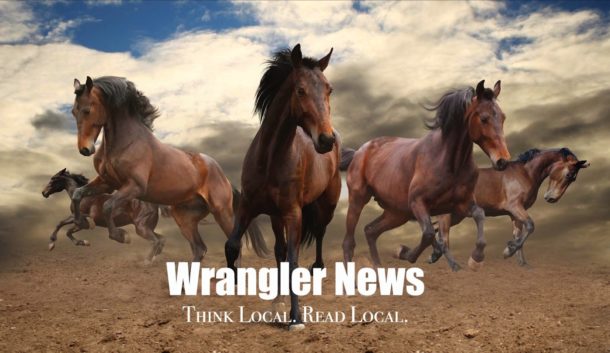Among the nation’s premier biogeochemistry scientists, including the many to whom recognition would propel vital future research, only a handful ever make the grade. In recent weeks, south Tempe resident and ASU professor Ariel Anbar joined the elite few to have received a five-year, $1 million grant that accompanies the prestigious Howard Hughes Medical Institute professor honor, an appointment that provides support for research and educational pursuits.
“There were nearly 175 applicants, and during the process it was difficult to tell which ones they liked,” Anbar said. “When I received notice, I was excited because we all knew, at the end of the day, it was going to be a coin toss.”
This year’s award, which recognizes careers focused on pioneering research and teaching, was bestowed on only 15 recipients among dozens of applicants from 13 universities. Since the start of the HHMI Professor program in 2002, and including the 2014 professors, only 55 scientists have been recognized. These represent accomplished research scientists who are working to change undergraduate science education in the U.S.
“Exceptional teachers have a lasting impact on students,” said HHMI President Robert Tjian. “These scientists are at the top of their respective fields, and they bring the same creativity and rigor to science education that they bring to their research.”
Anbar is a professor in ASU’s School of Earth and Space Exploration and the Department of Chemistry and Biochemistry in the College of Liberal Art and Sciences. He also is a Distinguished Sustainability Scientist in the Global Institute of Sustainability and was named an ASU President’s Professor in 2013 in recognition of his pioneering online education efforts. ASU sources say he is deeply involved in using his ASU resources to help educate and encourage a generation that has grown up with the Internet.
“When I started at ASU in 2004, I wanted to teach a large lecture class,” he said. “By the end, I wasn’t really impressed by the experience of only being able to reach a small percentage of the class. “You may remember the best lecturer but not (remember) the lectures themselves. I realized how efficient video games have become at grabbing and sustaining people’s attention, so I thought to myself, why not incorporate the same approach with teaching science?
A leading geoscientist with more than 100 peer-reviewed papers to his name, Anbar aims his research efforts on Earth’s past and future as a habitable planet. This expertise feeds directly into teaching his class Habitable Worlds, developed through ASU Online. In Habitable Worlds, Anbar and course designer Lev Horodyskyj combine the power of the Internet with game-inspired elements and the sensibilities of a techsavvy generation to teach what makes planets habitable and engage students in a simulated hunt for other habitable worlds in the cosmos. The online course kindles student interest and learning, he said.
The class is currently available outside of ASU as HabWorlds Beyond (www. habworlds.org) via a partnership with education technology company Smart Sparrow. Habitable Worlds has been taken by more than 1,500 ASU students and consistently receives outstanding student reviews.
“Through my experiences I have found that you can engage in many more interactions than in a traditional lecture class,” Anbar said. “With online, I’ve found that if you give it more time, it can create a lasting impact and you can see what the students are actually thinking. Some will even write things that they would have not said otherwise. Responding to the student’s needs almost takes them by surprise; it’s very powerful.”
The newly awarded HHMI grant will enable Anbar to develop a suite of online virtual field trips, or VFTs, that teach the story of Earth’s evolution as an inhabited world. These will be based on nearly 4 billion years of Earth’s geological record. Anbar helped lead a multi-institutional team that developed a number of such VFTs for use in Habitable Worlds and elsewhere. Now, working with ASU education technologist and doctoral student Geoffrey Bruce and professor and geoscience education specialist Steven Semken, as well as partners at other institutions, Anbar plans to build VFTs covering the sweep of Earth history.
“This rather large undertaking requires a team,” Anbar said. “I may be the leader of the band but I don’t play all the instruments. I am fortunate to have found such great talent.”
For more information about ASU’s online classes, check out: https://asuonline.asu.edu/newsroom/leading-educators/why-video-game-might-be-your-next-science-course


